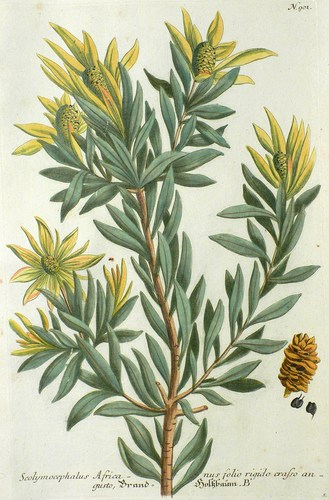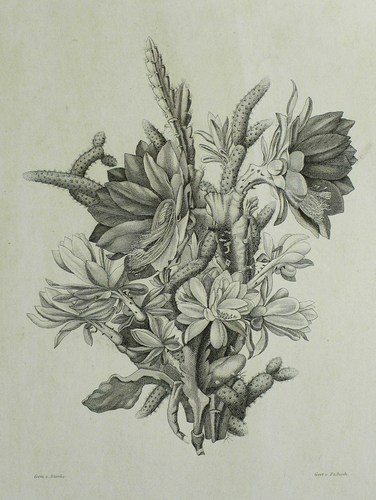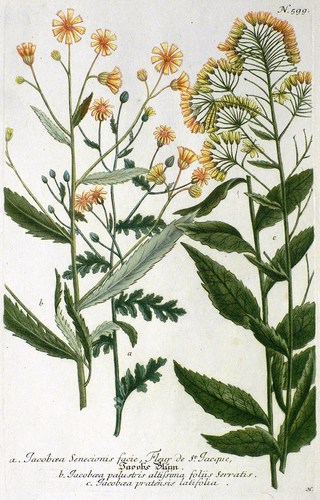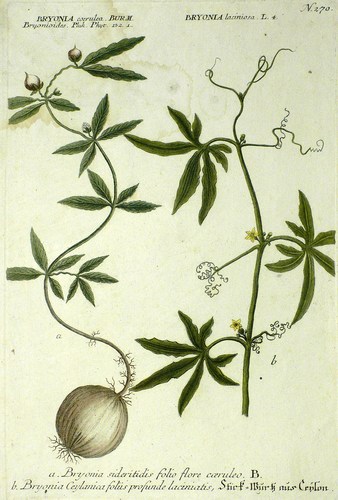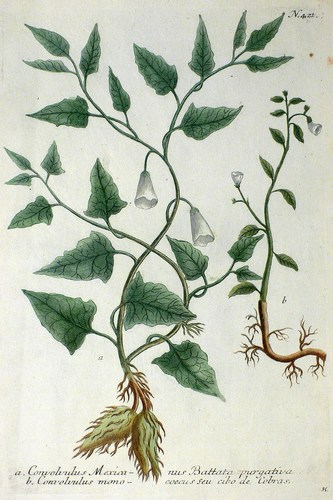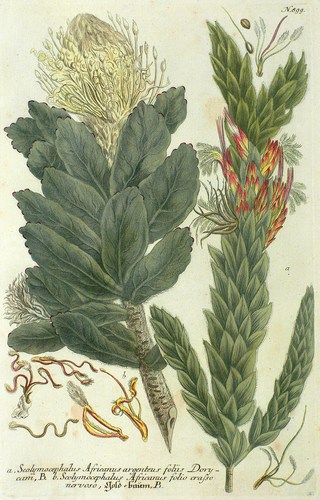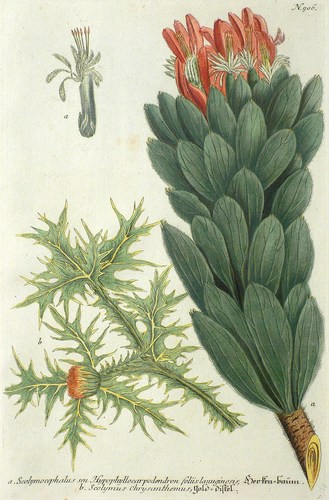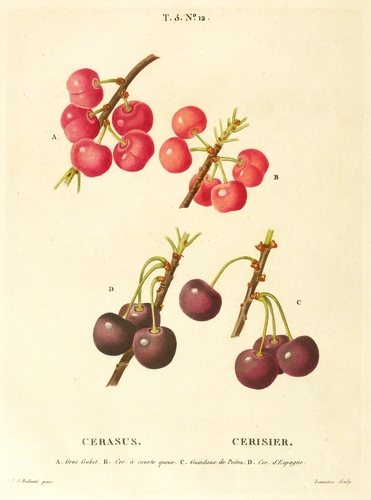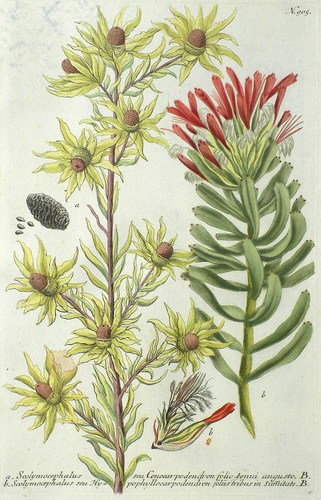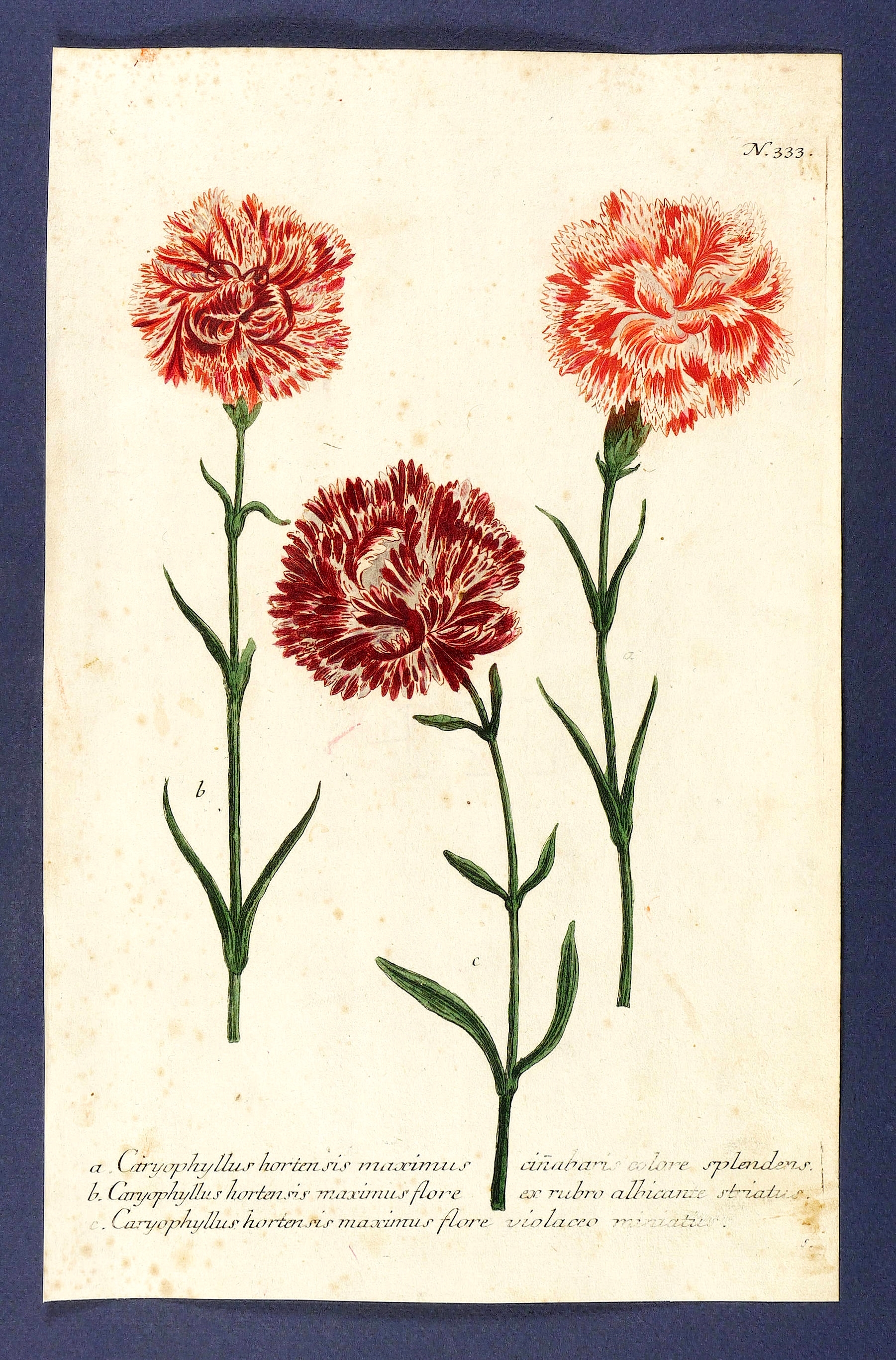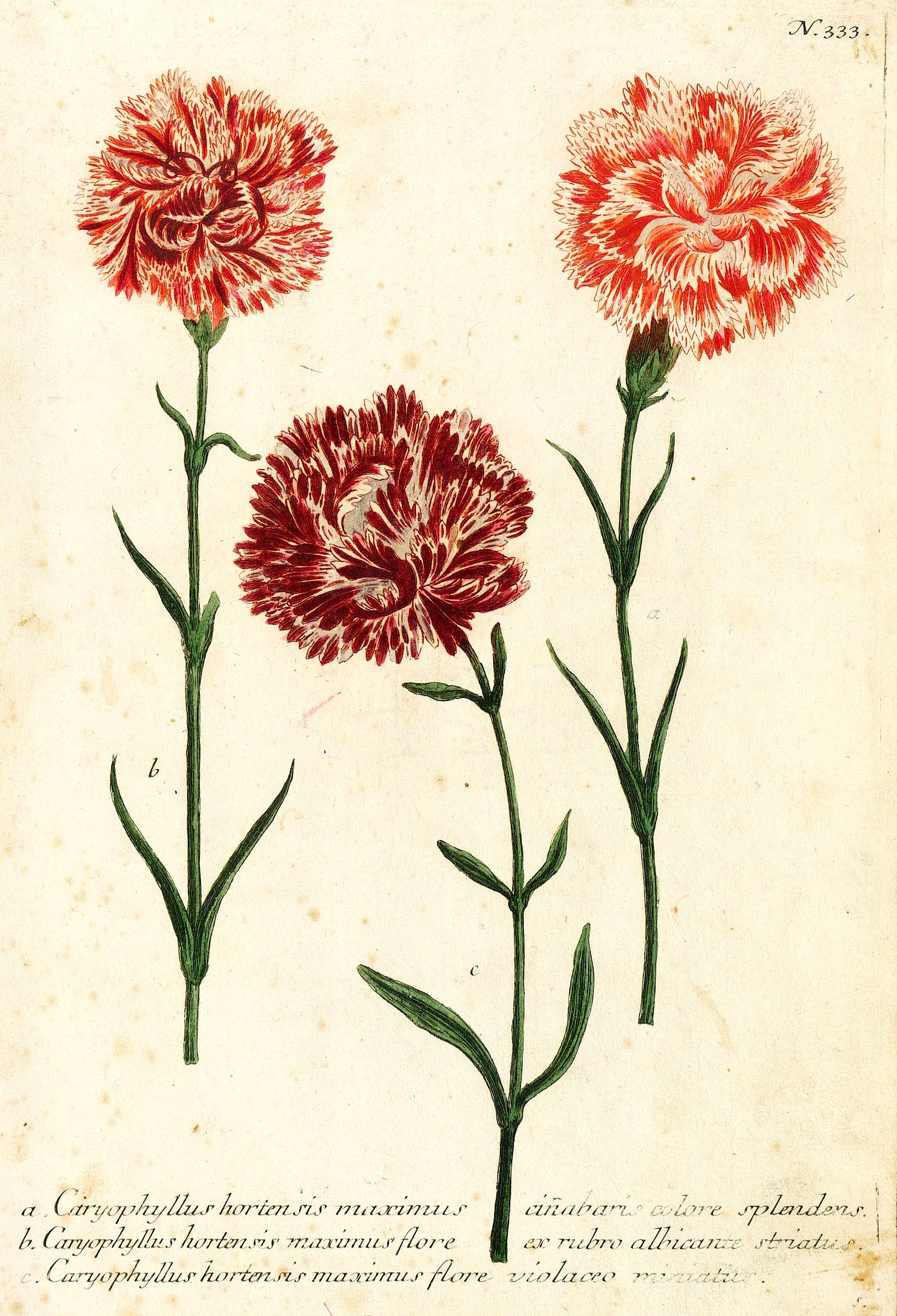


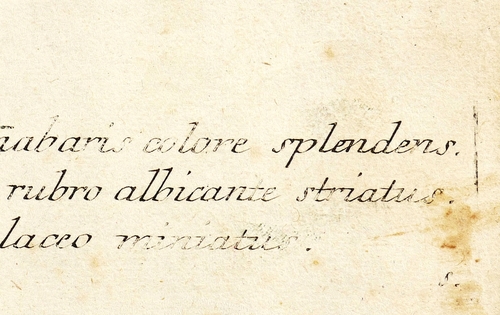
Nelken. – Gartennelke. – Weinmann. – „Caryophyllus hortensis”.
1739. Kupferstich / Mezzotinto, alt koloriert. – Historische Pflanzendarstellung, von Bartholomäus Seutter. – 32,0 x 21,8 cm (Darstellung / Platte), 36 x 23 cm (Blatt).
280,00 €
inkl. MwSt. zzgl. Versandkosten
inkl. MwSt. zzgl. Versandkosten
0,00 € Deutschland
8,00 € Europa
26,00 € weltweit
8,00 € Europa
26,00 € weltweit
Aus: Johann Wilhelm Weinmann, Phytanthoza-Iconographia Oder Eigentliche Vorstellung Etlicher Tausend, So wohl Einheimisch- als Ausländischer, aus allen vier Welt-Theilen, in Verlauf vieler Jahre (...) gesammelter Pflantzen, Bäume, Stauden, Kräuter, Blumen, Früchten und Schwämme (Regensburg: Hieronymus Lentz 1737-1745), Bd. 2 (1739). – In der Platte rechts unten Signatur, rechts oben Tafel-Nr. "333", unten mittig ausführliche Inschrift: "a. Caryophyllus hortensis maximus cin[n]abaris splendens. b. Caryophyllus hortensis maximus flore ex rubro albicante striatus. c. Caryophyllos hortensis maximus flore violaceo miniatus." – Die dargestellte Gartennelke ist die kultivierte Form der Edel- oder Landnelke (Dianthus caryophyllus L.). - Bei der Herstellung der Tafeln arbeiteten die Augsburger Künstler Bartholomäus Seutter, Johann Jakob Haid und Johann Elias Ridinger zusammen. Die Kupfer wurden in einer für die Zeit revolutionären Weise farbig gedruckt und sodann partiell von Hand koloriert. Dabei fand der von Seutter weiterentwickelte Mezzotinto-Farbdruck des Niederländers Johannes Teyler Anwendung. – Das kräftige Büttenpapier ist partiell etwas stärker stockfleckig. Das Kolorit ist kontrastreich und wohlerhalten. Insgesamt dem Alter entsprechend noch guter bis mäßiger Zustand.
Bartholomäus Seutter (1678 Augsburg - 1754 Augsburg). Auch Bartholomäus Seuter. Deutscher Goldschmied, Emailleur, Porzellan- und Fayencemaler, Kupferstecher, Schabkünstler und Verleger. Bemalte u.a. die Keramiken seines Bruders, des Augsburger Goldschmieds und Feuermalers Abraham Seuter (1699–1747). Übernahm und verbesserte das Mezzotinto-Farbdruckverfahren des Niederländers Johannes Teyler. Lieferte in Zusamenarbeit mit Johann Jakob Haid und Johann Elias Ridinger die Platten zu Johann Wilhelm Weinmanns Phytanthoza-Iconographia (1737-45).
Kategorien:
- Historische Pflanzendarstellung
- Gartenpflanzen
- Zierpflanzen
- Botanik / Botanische Darstellung / Botanische Illustration (Thema)
- Nelke / Nelken (Dianthus)
- Blume / Blumen (Motiv)
- Caryophyllaceae (Nelkengewächse)
- Schnittblume / Schnittblumen
Folgende Werke könnten Ihnen auch gefallen:







 Haben Sie Fragen zu diesem Kunstwerk? Rufen Sie uns an:
Haben Sie Fragen zu diesem Kunstwerk? Rufen Sie uns an: